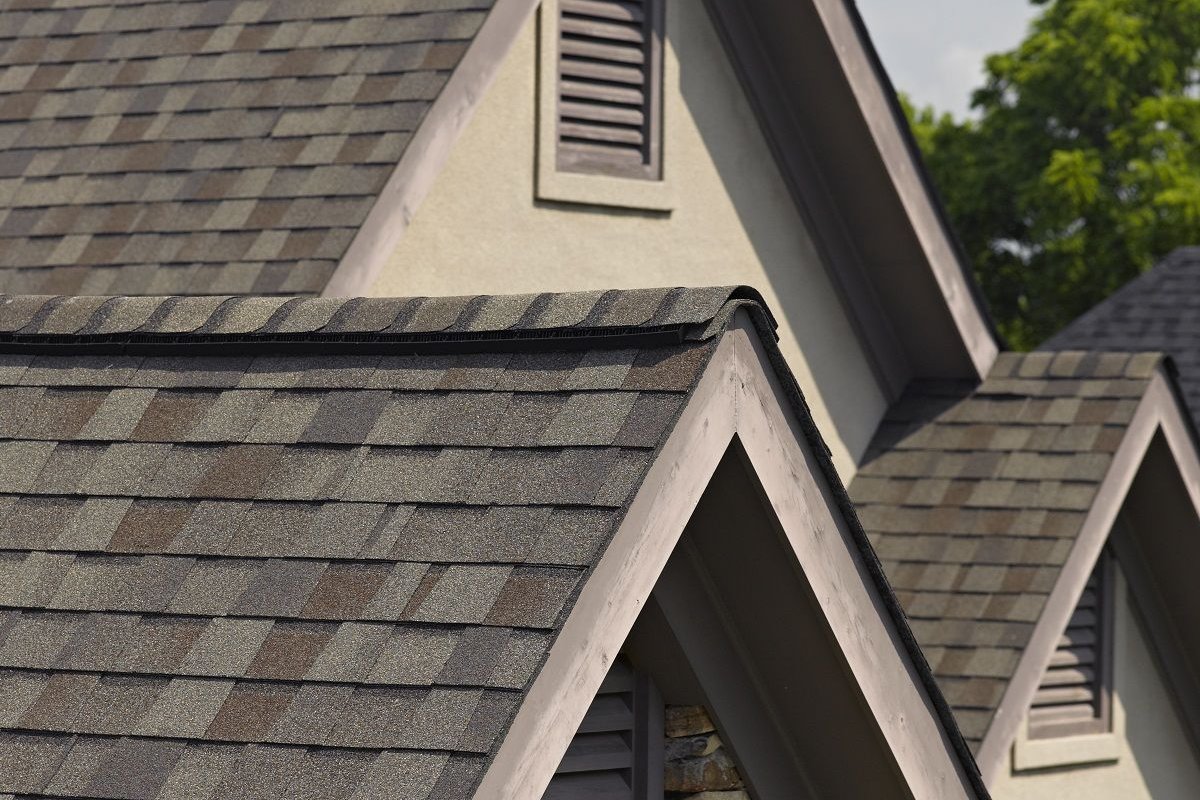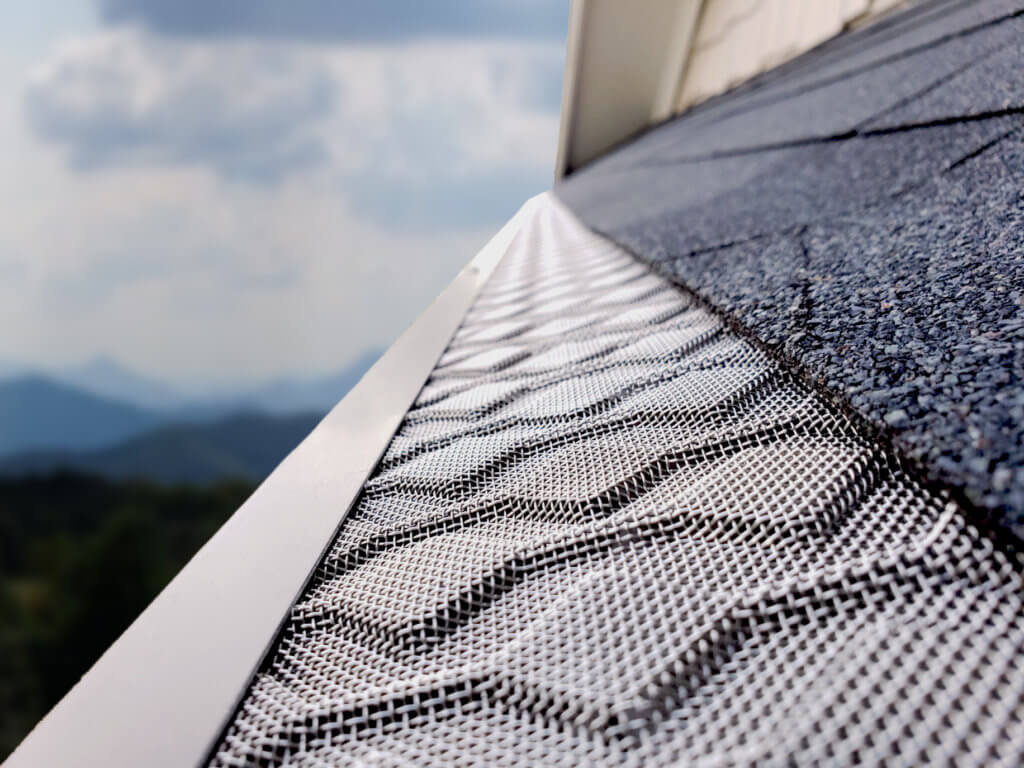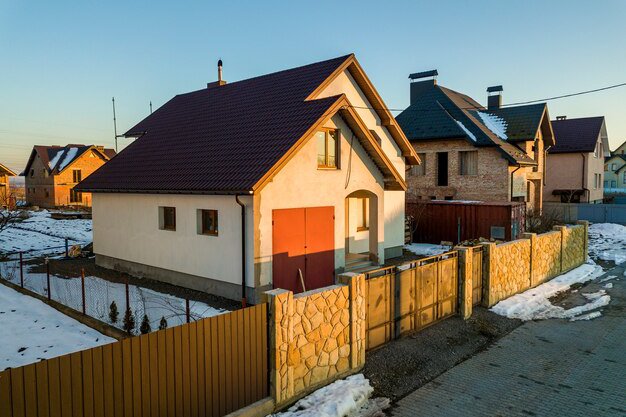Roof Maintenance Frequency & Types: A Guide for Troutdale, Oregon Homeowners
Maintaining your roof is one of the most crucial investments you can make in your home's longevity and structural integrity. For homeowners in Troutdale, Oregon, where weather patterns can range from damp winters to warm summers, understanding the necessary frequency and types of roof maintenance is key to preventing costly damage down the line. A well-maintained roof not only protects your property from the elements but also contributes to energy efficiency and curb appeal. This guide will walk you through how often you should be thinking about your roof's health and the specific tasks required to keep it in optimal condition.
Why is Roof Maintenance Important?
Think of roof maintenance as preventative healthcare for your home. Just as regular check-ups can catch health issues early, routine roof maintenance can identify minor problems before they escalate into major, expensive repairs or premature roof replacement.
- Extends Roof Lifespan: Regular cleaning, minor repairs, and inspections can significantly prolong the life of your roofing materials, delaying the need for a full replacement.
- Prevents Water Damage: Leaks are the most common and damaging consequence of neglected roofs. Maintenance ensures flashing, seals, and materials are intact to keep water out, protecting your attic, walls, insulation, and foundation from moisture-related issues like mold and rot.
- Maintains Structural Integrity: Unaddressed water damage or material deterioration can compromise the roof deck and supporting structures, leading to sagging or collapse over time.
- Enhances Energy Efficiency: A well-maintained roof with proper ventilation and insulation helps regulate attic temperature, reducing strain on your HVAC system and lowering energy bills.
- Preserves Curb Appeal: A clean, well-maintained roof looks better and contributes positively to your home's overall appearance and value.
- Validates Warranties: Many roofing material warranties require proof of regular maintenance to remain valid.
Investing a little time and money in routine maintenance can save you a substantial amount in future repair or replacement costs.
How Often Should You Maintain Your Roof?
The general recommendation for comprehensive roof maintenance is at least once a year, ideally performed in late summer or early fall before the heavy rain and potential freezing temperatures arrive. However, several factors can influence the ideal frequency:
- Location and Climate: Homes in areas with significant tree cover, heavy rainfall, strong winds, or freeze-thaw cycles (like parts of Oregon) may require more frequent attention, potentially bi-annual inspections and cleaning.
- Roof Age and Material: Older roofs or those made from materials prone to moss growth (like asphalt shingles) might need more frequent checks than newer roofs or those with less susceptible materials like metal or tile.
- Surrounding Environment: Properties near trees will accumulate more leaves, branches, and debris, necessitating more frequent gutter cleaning and roof surface clearing.
While a full inspection is recommended annually, homeowners should perform visual checks from the ground more frequently (after major storms, seasonally) to spot obvious issues like missing shingles or debris buildup.
Key Types of Roof Maintenance Tasks
Routine roof maintenance involves several specific tasks aimed at identifying and addressing potential problems before they worsen.
Gutter Cleaning
Cleaning your gutters is arguably the most frequent and necessary maintenance task, especially if your home is surrounded by trees. Clogged gutters prevent water from draining properly, leading to overflow that can damage fascia boards, soffits, siding, windows, and even saturate the ground around your foundation, potentially causing basement leaks.
Depending on the number of trees near your home, gutters may need cleaning 1 to 3 times a year. Homes in densely wooded areas might even require quarterly cleaning.
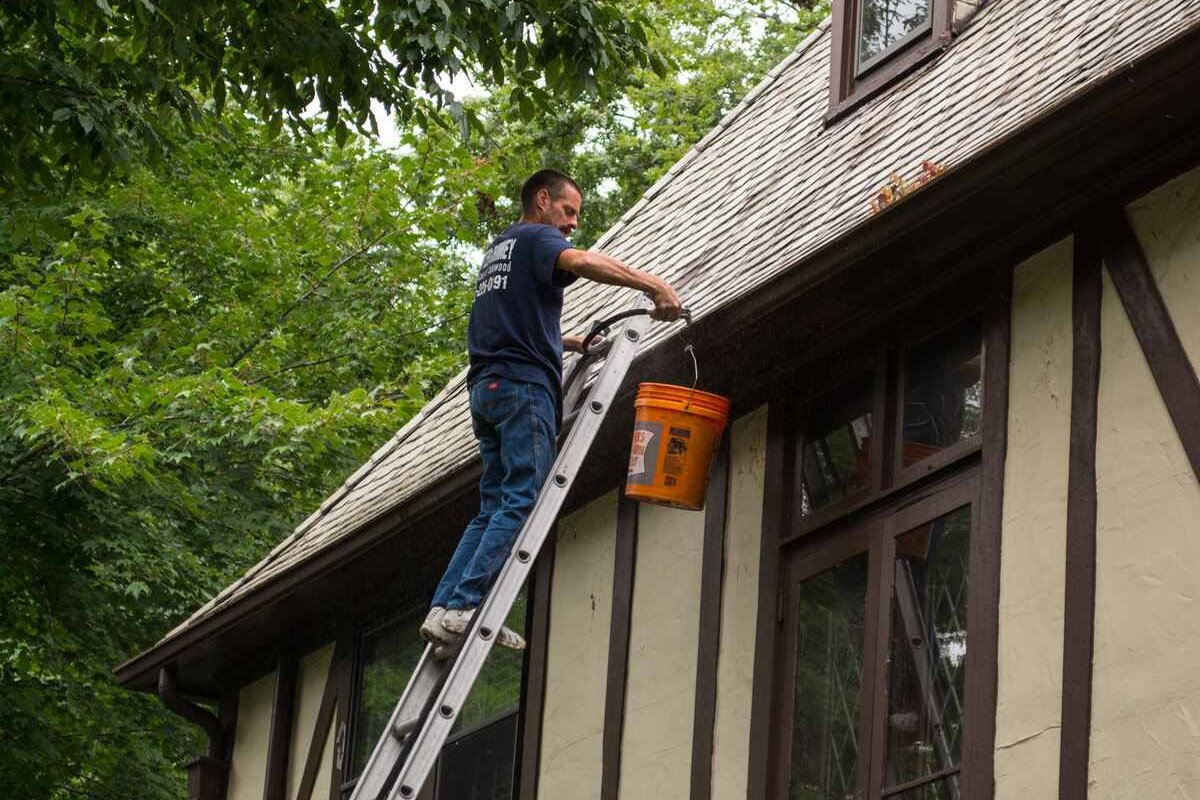
Important Tip: When cleaning gutters, also check that downspouts are clear and direct water away from the foundation.
Debris Removal
Leaves, branches, pine needles, and other organic debris can accumulate on the roof surface, particularly in valleys and behind chimneys or dormers. This debris traps moisture, promotes moss and algae growth, and can cause shingles to deteriorate prematurely.
Regularly (ideally, after leaves fall in autumn and again in spring) clear debris from the roof surface using a leaf blower or soft brush. Avoid using harsh rakes that can damage shingles.
Moss and Algae Treatment
Moss and algae are common problems in damp, shaded climates. Moss, in particular, holds moisture against the roofing material, causing granules on asphalt shingles to loosen and detach, and can even lift shingles, making the roof vulnerable to wind and water penetration.
Treating moss and algae is essential. While gentle cleaning methods exist, applying a moss killer product designed for roofing materials is often necessary. Some products, like zinc strips installed along the ridge, can help prevent future growth by washing down the roof surface with each rain.
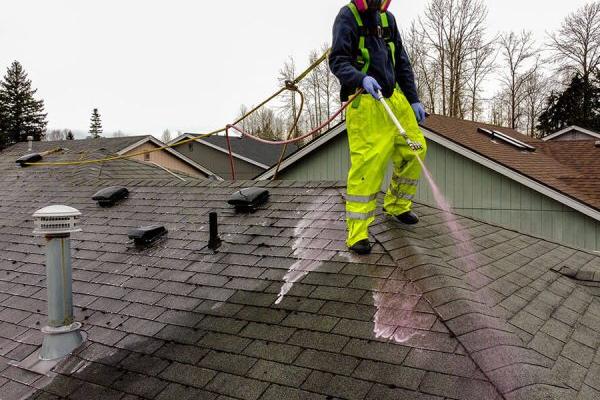
Caution: Be extremely careful when working on a roof, especially if it's wet or has significant moss growth, as surfaces can be very slippery.
Inspecting Shingles and Roofing Materials
A close inspection of your roofing material is critical. Look for signs of wear, damage, or deterioration specific to your roof type (asphalt shingles, metal panels, tiles, etc.).
For asphalt shingles, key things to look for include:
- Missing or broken shingles: These leave the underlayment exposed to the elements.
- Curling or buckling shingles: Often indicates age or improper installation/ventilation.
- Excessive granule loss: Granules protect the asphalt from UV rays; their loss indicates the shingle is nearing the end of its life. You might find granules in your gutters.
- Cracked shingles: Can allow water to seep through.
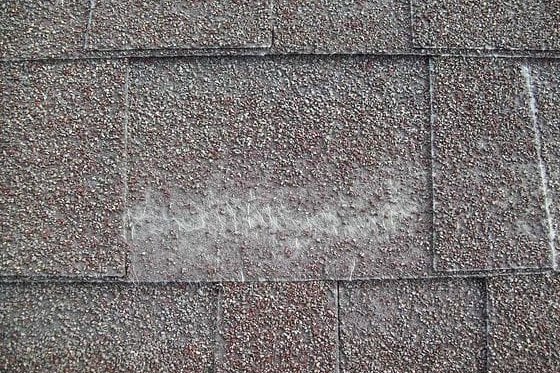
For other materials like metal, tile, or wood shake, look for loose fasteners, cracks, splits, or signs of rust.
Checking Flashing and Seals
Flashing is thin material, usually metal, installed at vulnerable points on the roof where different planes meet or where the roof is penetrated by chimneys, vents, skylights, or valleys. Flashing is crucial for directing water away from these areas.
Inspect flashing for:
- Rust or corrosion: Indicates the flashing is deteriorating.
- Loose or missing pieces: Leaves gaps for water entry.
- Damaged seals around penetrations: Check caulk or sealants around vents, pipes, and skylights for cracks or gaps.
Valleys, where two roof slopes meet, are also critical areas to check for debris buildup or signs of wear, as they handle a large volume of water runoff.
Examining Ventilation
Proper attic ventilation is vital for a healthy roof system. It helps regulate temperature and moisture in the attic, preventing ice dams in winter and excessive heat buildup in summer. Check that vents (ridge vents, soffit vents, gable vents, etc.) are not blocked by insulation or debris. Ensure attic fans, if present, are functioning correctly.
Basic Visual Inspection from the Ground
Even without getting on the roof, you can perform valuable maintenance checks from the ground using binoculars. Look for:
- Obvious signs of damage like missing shingles.
- Sagging areas on the roofline.
- Debris accumulation.
- Moss or algae growth.
- Condition of chimneys and other roof penetrations.
- Overflowing gutters.
This type of inspection can alert you to problems requiring a closer look or professional assessment.
Signs Your Roof Needs Professional Attention
While routine maintenance can be performed by a diligent homeowner, certain signs indicate that it's time to call a professional roofer. Ignoring these signs can lead to more extensive damage and higher repair costs.
- Active Leaks: Water stains on ceilings or walls, or dripping water, are clear indicators of a roof leak. The source can be challenging to find, requiring professional expertise.
- Missing or Significantly Damaged Shingles: While replacing a single shingle might seem simple, extensive damage or multiple missing shingles often point to underlying issues or widespread deterioration.
- Sagging Roof Deck: A visible dip or sag in the roofline indicates a serious structural problem, likely due to water damage or age, and requires immediate professional assessment.
- Excessive Granule Loss: If you find large amounts of granules in your gutters or downspouts, especially on a roof that isn't very old, it suggests the shingles are deteriorating rapidly and may need replacement.
- Mold or Mildew Growth: Beyond the roof surface, mold or mildew in the attic or on interior walls near the roof can indicate moisture problems originating from the roof.
- Storm Damage: High winds, hail, or falling branches can cause immediate, visible damage that needs prompt professional inspection and repair to prevent secondary water damage.
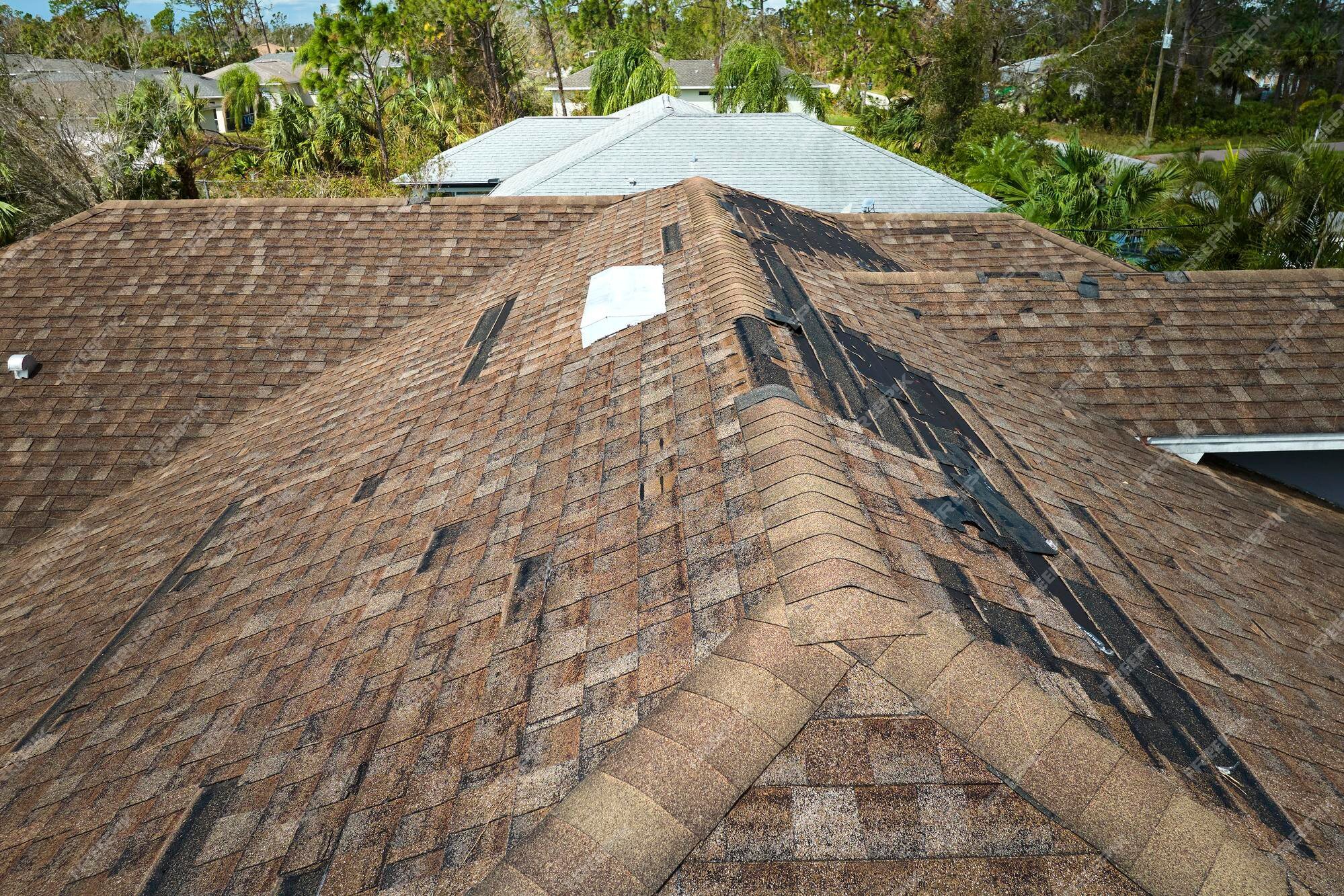
Planning for Roof Maintenance and Repairs
Knowing when to perform maintenance is one part; planning for it and addressing necessary repairs is another. Depending on the situation, you might need a simple estimate or immediate professional help.
For non-urgent situations like planning a future roof replacement, budgeting for upcoming maintenance, or simply getting a general idea of your roof's condition and potential costs without an immediate issue, you can leverage convenient digital tools.
Get a quick, data-driven estimate for your roofing project without an in-person visit. Get your free instant roof estimate
This service uses satellite imagery and local pricing data to provide a fast, accurate estimate, perfect for comparing costs or financial planning.
However, for urgent situations such as active leaks, significant storm damage, or any problem that requires immediate professional inspection and repair to prevent further harm to your home, prompt action is necessary.
When you need a roofer fast to assess damage or perform emergency repairs, skip the search and book directly. Book a roofing appointment
This service connects you with pre-vetted local roofers and handles the scheduling, ensuring you get a professional on-site quickly when time is of the essence.
Choosing the Right Professional for Maintenance or Repair
Whether you need routine maintenance performed or require significant repairs or replacement, selecting a qualified and trustworthy roofing professional is essential.
Look for roofers who are:
- Licensed and Insured: Verify their licensing and ensure they carry both liability and worker's compensation insurance. This protects you in case of accidents or damage during the work.
- Experienced: Choose contractors with a proven track record and experience with your specific roofing material.
- Local: Local roofers are familiar with regional building codes, weather patterns, and common roofing issues in areas like Troutdale, OR.
- Reputable: Check online reviews, ask for references, and look for affiliations with professional roofing associations.
- Provide Detailed Estimates: A professional contractor will provide a clear, written estimate outlining the scope of work, materials, timeline, and cost.
Don't hesitate to get multiple quotes and ask questions before making a decision.
DIY vs. Professional Maintenance
Some basic roof maintenance tasks, like cleaning gutters or removing light debris from the ground, can be safely performed by a homeowner who is comfortable working on a ladder. However, many critical maintenance tasks and all repair work should be left to professionals.
DIY Pros:
- Cost savings on simple tasks.
- Immediate attention to minor, accessible issues.
DIY Cons:
- Significant Safety Risks: Falls from roofs or ladders are a leading cause of home renovation injuries. Roofing surfaces can be slippery, especially when wet or covered in moss.
- Lack of Expertise: Homeowners may not have the knowledge to identify subtle signs of damage, understand complex roof systems, or perform repairs correctly, potentially causing more harm.
- Improper Techniques: Using the wrong tools or methods (e.g., pressure washing asphalt shingles) can severely damage the roof.
- Warranty Issues: Attempting complex repairs yourself can void material or workmanship warranties.
- Time and Effort: Roofing work is physically demanding and time-consuming.
For anything beyond basic ground-level inspection or simple gutter cleaning, hiring a professional is strongly recommended for safety, effectiveness, and protecting your investment.
Understanding Common Roof Issues in the Region
Homes in the Pacific Northwest, including Troutdale, face specific environmental challenges that impact roof health. The persistent moisture and moderate temperatures create an ideal environment for moss and algae growth, making regular treatment and cleaning particularly important here. Heavy rainfall necessitates diligent gutter maintenance and ensuring flashing is watertight. While not as frequent as some regions, wind storms can occur, highlighting the need for secure shingle fastening and prompt inspection after high winds. Understanding these regional factors helps homeowners prioritize maintenance tasks.
Seasonal Maintenance Tips
Tailoring your roof maintenance efforts to the seasons can help address specific vulnerabilities throughout the year.
- Spring: After winter, inspect for any damage from snow, ice, or storms. Clean gutters of winter debris. Check for loose or missing shingles. Plan for moss treatment if needed as temperatures rise.
- Summer: Ideal time for professional inspections and any necessary repairs or replacements due to dry conditions. Keep gutters clear as trees leaf out.
- Fall: The most critical time for preparation before winter. Thoroughly clean gutters of falling leaves and debris. Clear the roof surface. Inspect flashing and seals before rain increases. Address any needed repairs while the weather is still favorable.
- Winter: Focus on watching for signs of problems like ice dams or leaks during heavy rain or snow. Avoid walking on the roof when it's wet, icy, or snow-covered.
Protecting Your Home's First Line of Defense
Regular roof maintenance is an essential part of homeownership, particularly in climates like Troutdale, Oregon. By understanding the recommended frequency and types of tasks, homeowners can proactively protect their property from water damage, extend the life of their roof, and avoid unexpected, costly repairs. Staying vigilant for signs of damage and knowing when to call a professional ensures your roof remains a strong, reliable shield against the elements for years to come.
